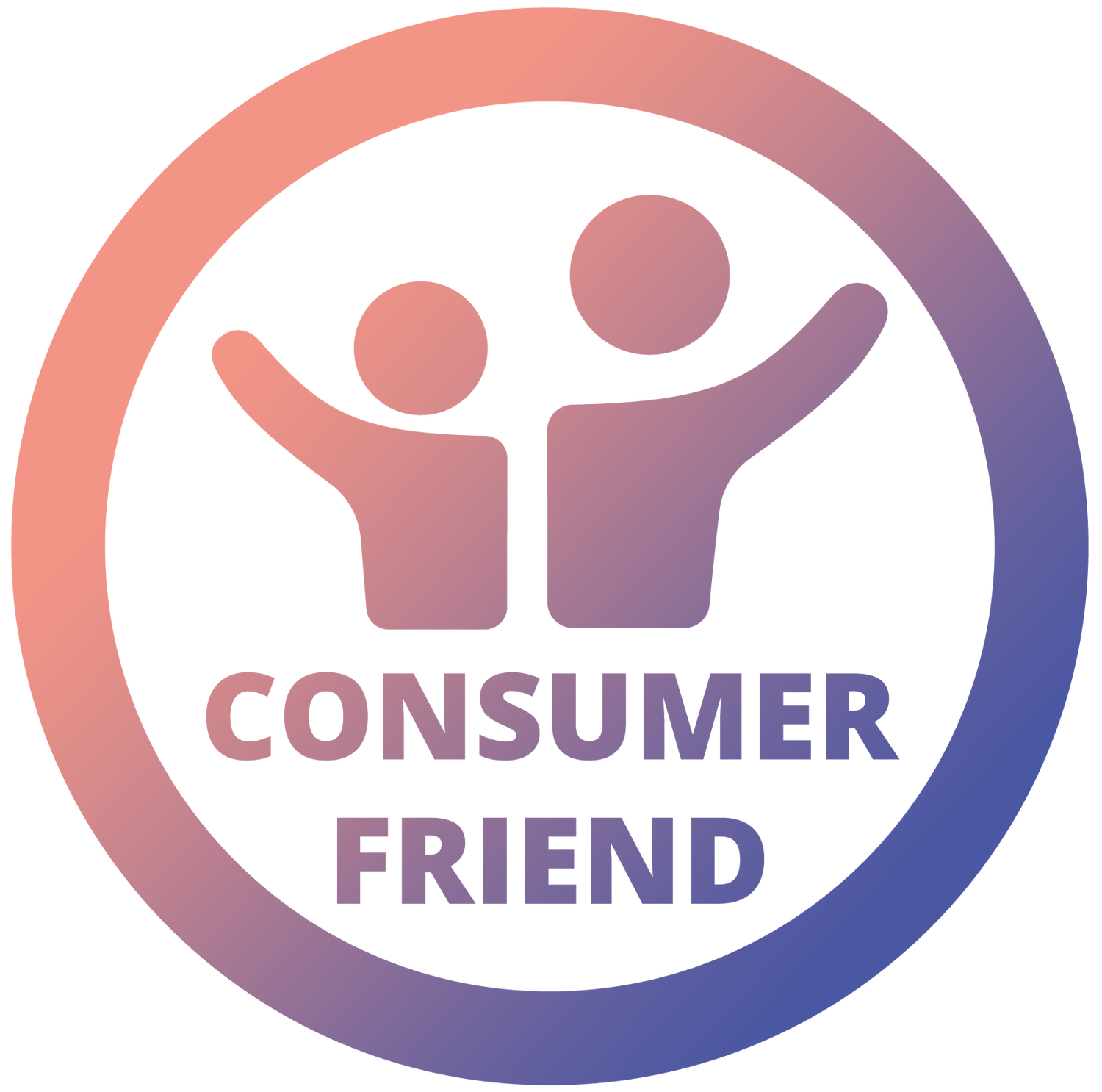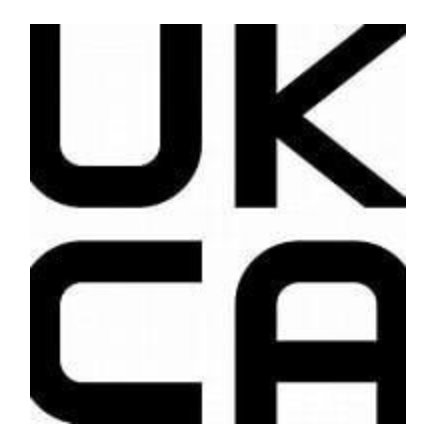Toy Safety
Every time we buy something we are making a legal contract.
When we buy something, it should be safe and shouldn’t cause you any harm. The law is complicated in this area. What are your rights if a toy product you buy is unsafe?
When we use the word product or goods, we mean the same thing goods.
The law states
Everything you buy must be
Of satisfactory quality
Fit for purpose and
As described
In practice this means the goods must be safe when used in a normal or reasonably foreseeable way. Goods must not be faulty, they must match any description given and be fit for the purpose you bought them for. Please note this is for business to consumer sales. Your rights are limited when you buy from a private seller.
When deciding whether a product is safe, the following things are considered (all these things apply to new and second hand products):
The characteristics of a product (how it is made, packaging and any instructions for how you put it together)
The effect of the product on other products it is used with
Its labelling, warnings, and any instructions for use and how you throw it away
The types of people using the product, for example is it designed for children?
What if you buy toys, what can you expect?
All toys you buy should be safe to use and this is covered by the law.
The legal definition of toys are products designed or intended (whether or not exclusively) for use in play by children under 14 years old.
Somethings aren’t included as toys but they will be caught under the other general safety law. So they must be safe when used in a normal or reasonably forseeable way.
It is the responsibility of all businesses in the supply and distribution chain, from manufacturer (business who made the product) to retailers (business that sells the product, to ensure that toys do not risk the health and safety of children.
A toy must be designed and manufactured to meet essential safety requirements. This means it must not affect the health and safety of users when it is used as intended or in a way that is foreseeable. You should bear in mind the toy was designed for children and their behaviour is not what we would expect of adults. The ability of the user must be considered, especially in the case of a toy intended for children under 36 months (3 years).
Toys that might be dangerous for children under 36 months must carry the warning 'Not suitable for children under 36 months' or 'Not suitable for children under three years', as well as details of the hazard – like small bits. Alternatively, the image below can be used:
It is the manufacturer (business who made the product) job to UKCA-mark the toy to show that it complies with safety requirements. You will usually find the UKCA mark fixed to the toy, on a label fixed to the toy or on the toy's packaging. See below.
Look for the manufacturer or importer's name. The manufacturer must ensure that a toy has instructions for use, safety information and warnings, as appropriate. Any warnings about hazards and risks of using a toy must be marked in a clear, visible, understandable, and legible way on the toy, label or packaging and any instructions for use.
It is a business who sells the products responsibility to make sure the toy is UKCA-marked .
You may continue to see CE-marked toys for sale. This is allowed because toys with CE marking which were made before 31 December 2022 can continue to be sold afterwards.
What if goods are unsafe…
Stop using the product straight away. Take a photo / video of the product and make a note of the make, batch, serial or model number. See if you can find any instructions, any packaging and proof of how you bought it.
If you have concerns about a product, you can check the manufacturer (business who made the products) 's website for information and view the list of recalls and safety notices on the Chartered Trading Standards Institute website.
If the goods are unsafe, the business is in breach of contract. You have a legal right to seek a solution.
What should I do?
Speak to the business, ask them for what you want. If this does not work, then you would need to email or write to them and include any other information you may have such as photos / videos of the product and information on the make, batch, serial, or model number. See if you can find any instructions, any packaging and proof of how you bought it.
Rules for life
Be polite
Be clear in what you want
Keep a record of all letters and communications
If the business disputes what you are saying, direct them to this website, business need to know their rights as well.
For further advice contact Citizens Advice Consumer Service 0808 223 1133.



